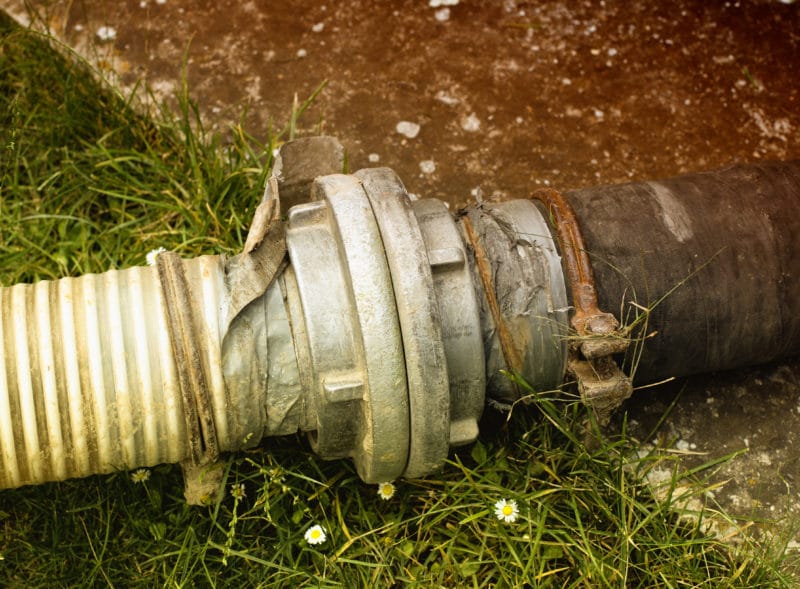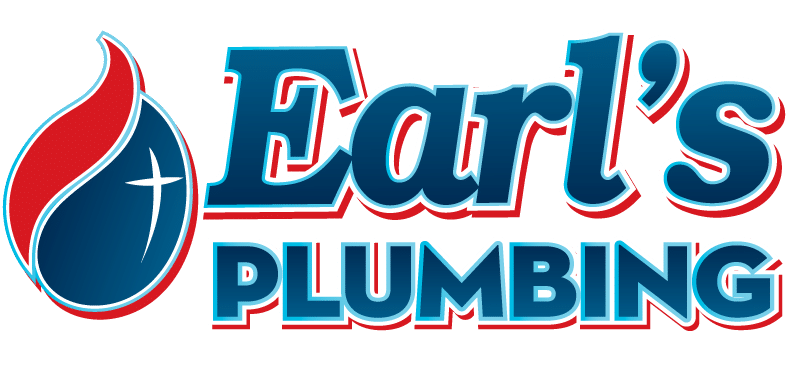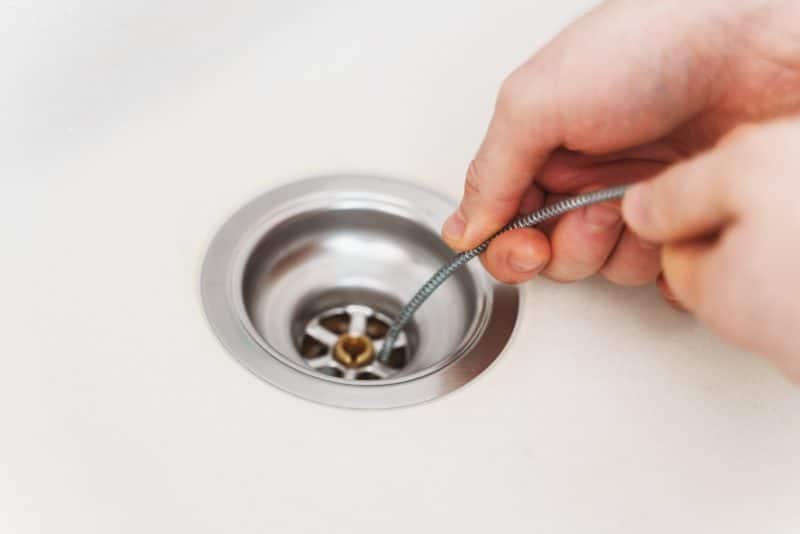
Do I Need A Sewer Line Inspection?
Are you having problems with your sewer lines? There are many reasons why your sewer lines could be failing. Earl’s Plumbing in the Frisco area provides details as to what can be causing sewer line failure, and what problem signs you should NEVER ignore. Follow the guide below to identify your problem and determine, from there, whether to schedule sewer line maintenance or not.
Old Property
Houses built during the 1900s have clay or Orangeburg pipes. Constructed roughly a century ago, it’s not shocking that these pipes are failing.
Clay Pipes
During production, clay pipes were fired and salt was thrown into the kiln, producing vapor. Vapor hardens and smooths clay, making suitable sewer line pies. As their lifespan isn’t infinite, most have outlived their “useful life,” collapsing, cracking, or becoming blocked by tree roots.
Orangeburg Pipes
Orangeburg pipes were produced during WWII when iron and steel went towards producing war materials. They were made of a bituminized fiber produced from hot pitch and wood pulp. As production was cheap, Orangeburg pipes continued to be made after the war.
Though expected to last 50 years, Orangeburg pipes failed or had problems after 30 due to the asphalt-soaked water and pulp used during production. Soaked long enough, Orangeburg pipes deform and absorb moisture, ultimately failing due to soil pressure.
Pre-existing Sewer Line Issues
Someone who has lived in a house for years probably knows about any pre-existing sewer line issues. When these issues appear, sewer line maintenance depends on when previous inspections have been done. If the last inspection was years ago, a new one, using a location device to pinpoint damage, is needed. Additionally, repairs or replacements shouldn’t mean trenching an entire yard.
Clogs
Clogs and blockages stick to the inside of sewer lines and include grease, oil, fat, coffee grounds, eggshells, and “flushable” wipes. If you notice your sinks, toilets, tubs, and showers are draining slower than usual, you might have a drain clog. Multiple drain clogs can be a sign that there are problems somewhere deep in the sewer line.
Long-Distance Connection
A long-distance connection between your house and the sewer street increases the possibility of soil settlement. When soil settles, pipes settle unevenly, breaking or becoming “offset”. When pipes are “offset”, one section disconnects from the next one and settles, causing one to be higher than the other.
Plants
Trees planted when a house was built have deep roots and are completely matured, which can cause breaks and offsets in older clay pipes. Since roots move towards water and nutrients, leaks can potentially attract them to sewer lines. Roots can expand into cracks, grow into lines, or wrap around, and further crack, the line.
Lines are in danger if plants with roots are within ten feet of them. If this is the case, call for sewer line maintenance to ensure that the line doesn’t have roots in them. Even if plants are over ten feet away, continue to watch out for root-attracting leaks.
Leaks
Moisture and frost, which cause shifting underground, and age will often cause sewer lines to go through stress. Stress eventually leads to cracks or fractures, allowing for sewage to escape and absorb into the ground. Smelling sewage in your front yard or noticing a damp spot in a dry area could mean a sewer line is cracked or leaking.
Soil
Good, stable soil should contain rock, compacted sand, and gravel, capture precipitation to prevent damaging structures, and remain stable during all conditions. Additionally, soil should contain very little organic materials, as decomposition causes shifting beneath foundations.
There are six types of soil, all of which affect sewer lines differently:
Clay
- Expands when wet and shrinks when dry
- Causes soil to move up and down, loosening or damaging clay sewer lines.
Peat
- Comprehensible because of how much water it holds
- High amount of organic materials
Silt
- Made of smaller particles, therefore retains water longer
- Cold, drains poorly due to retained moisture
- Causes soil to expand, pushing against and weakening foundations
Sand
- Large openings
- Drains easily
- Holds together fairly well when compacted and moist
- Non-water-retaining properties
- Loses friction when moist and washes away, leaving gaps in the foundations
Loam
- Sand, silt, and clay
- Properties are evenly balanced and maintain water at a balanced rate
Rock
- Very strong, good at supporting foundations when level
Best Practices for Sewer Line Inspection in Frisco
Your home or business’s drain system exists underneath the structure as well as several feet out. In the case of sewer challenges, a camera inspection should be performed. Even if you don’t see any significant sewer line issues, it is always best practice to have your sewer lines professionally inspected after having significant foundation changes made, any kind of terrain change, or before buying or selling the home or business. Hopefully, you’ve been able to find an easy fix to your plumbing problems. If you’ve concluded that sewer line maintenance is necessary, call Earl’s Plumbing and schedule an appointment ASAP.




